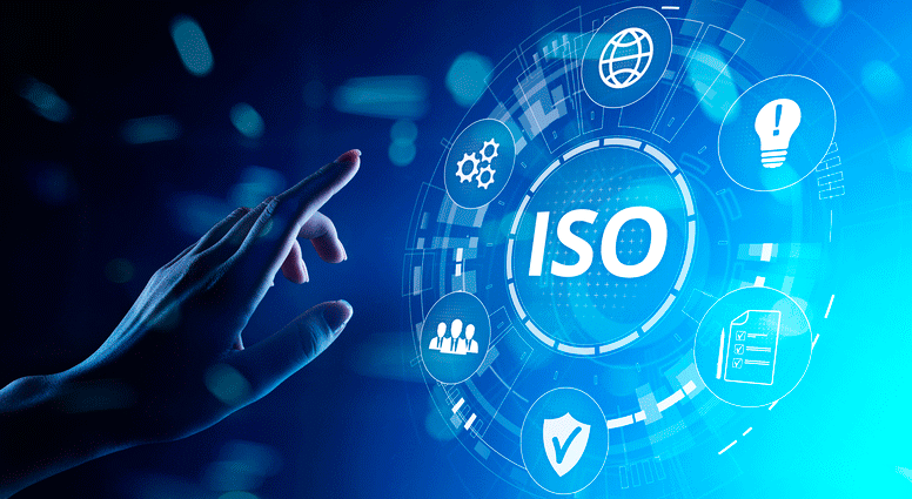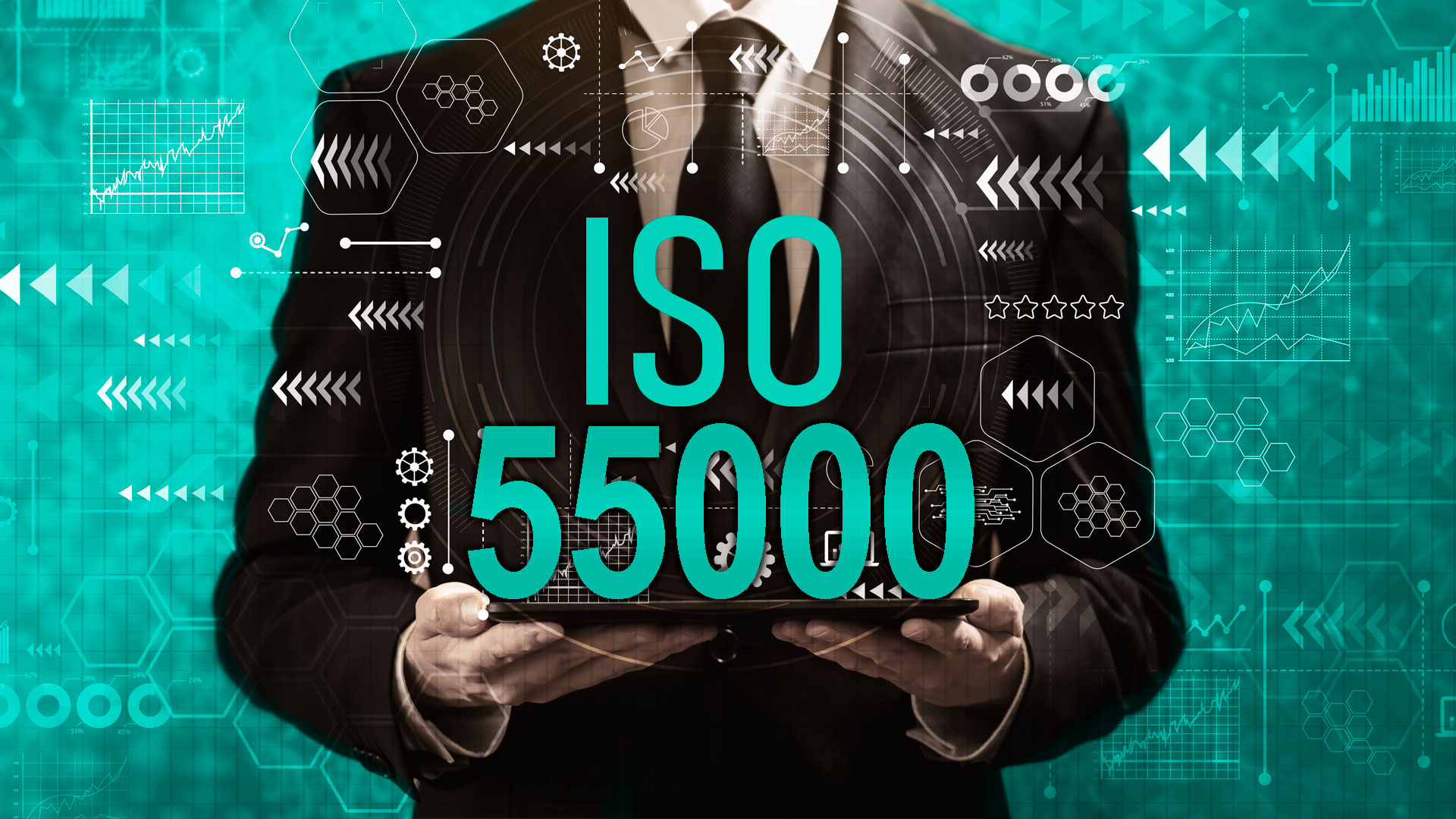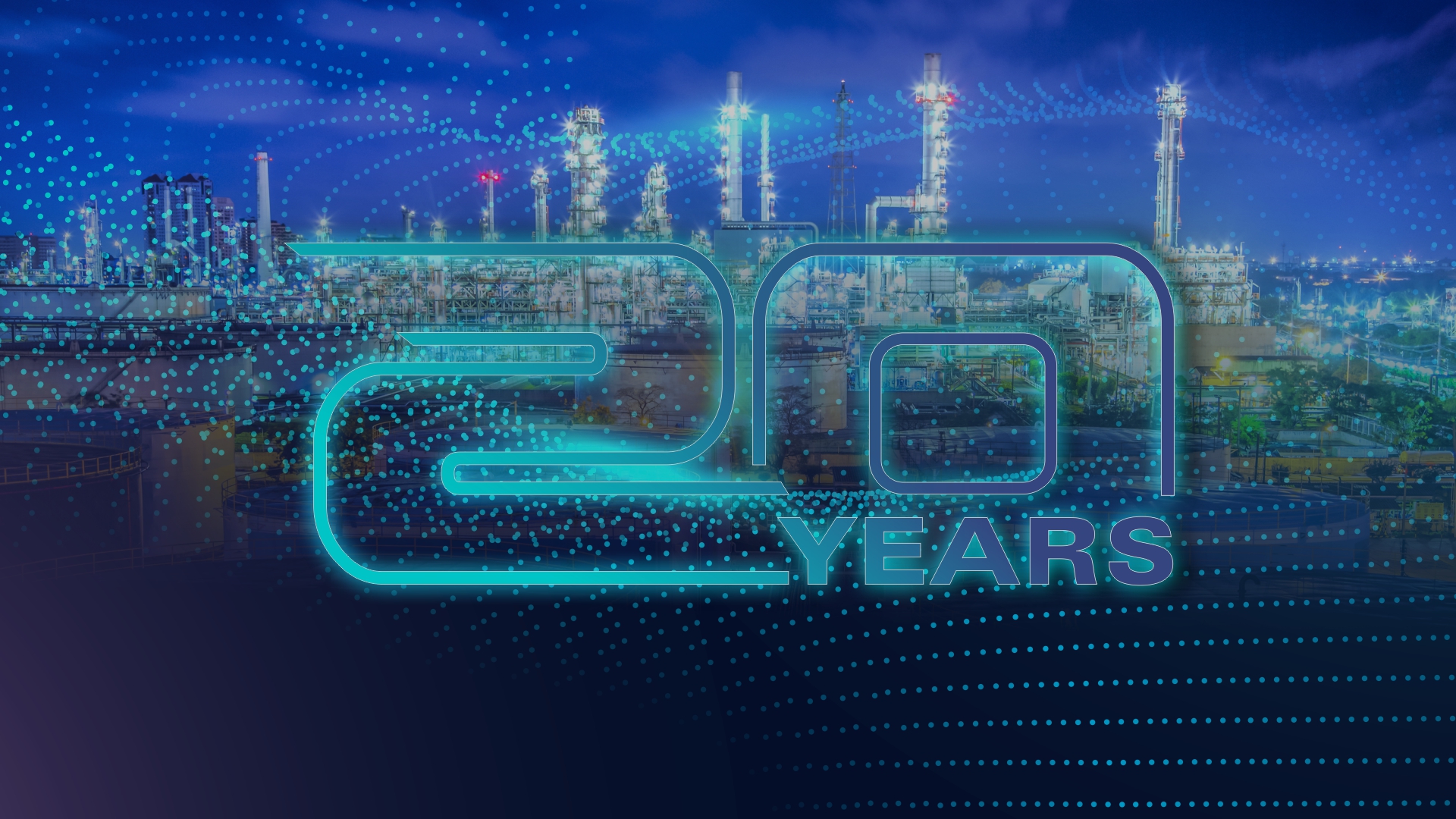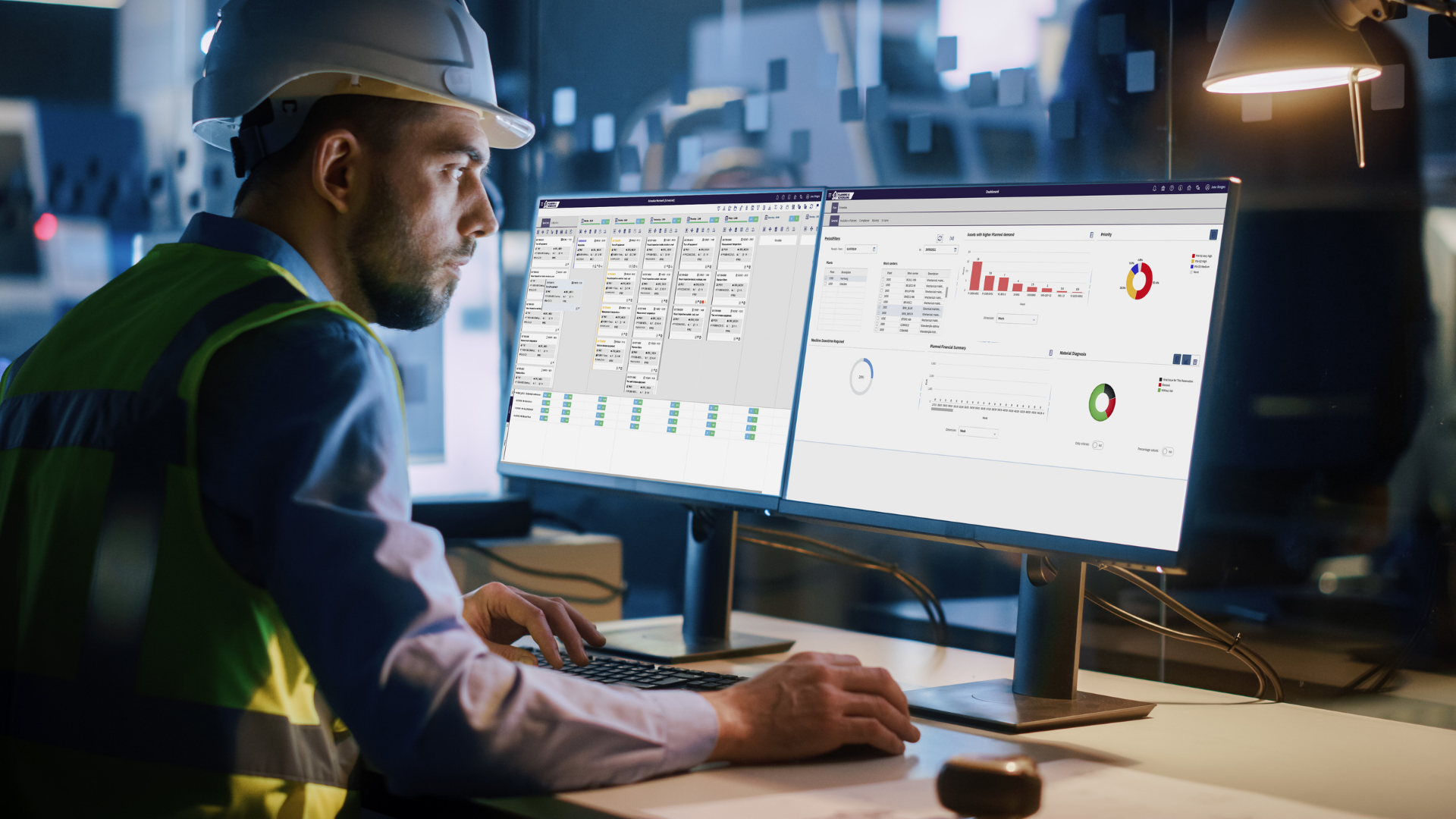Companies are constantly challenged by how to adapt their asset management practices to the volatility, uncertainty, change and ambiguity in today’s business environment.
To address these challenges, the International Standards Organization (ISO) developed the ISO 5500X Series of standards for companies to perform effective and efficient asset management practices.
The ISO’s 5500X Series (55000, 55001, 55002) helps organizations address their asset management challenges by setting best practices for companies to follow, standardize their processes and deliver increased value to their customers, investors and stakeholders.
In this article, we’ll share the role that the ISO 5500X standards play in taking asset management from a business task to a strategy.
Before going into depth on ISO 55000, it is important to understand what we mean by assets and their management.
ISO 55000 defines assets as any “item, thing or entity that has potential or actual value to an organization”. In other words, anything in your company that creates or adds value, from your physical assets (such as PPE) to your IP, to your employees and stakeholders.
Asset management, refers to the use of industry tools (e.g. software / applications/ platforms) to measure and assess their performance using key performance indicators(KPIs). This practice also includes analyzing and mitigating the business risks associated with the use of the assets.
In short, proper asset management practices require protecting everything that adds value to your company. This, in turn, is essential to ensuring the streamlined performance of your company’s assets and resources, as well as for reducing costs and unnecessary efforts.
As mentioned above, ISO 5500X is a series of international standards that present general concepts and specify global principles for asset management. It’s often seen as a ‘manual’ that uniforms asset management parameters and practices anywhere in the world.
For example, if your company has operations (e.g. production plants, manufacturing) in Germany, Brazil, US and India, becoming ISO 5000X-certified will help standardize your asset management practices in each location. This standardization delivers different business benefits such as the ones we discuss further in this post.
ISO 5500X was created with the aim of offering companies new options for managing operating costs by adopting an efficient and standardized asset management strategy.
In 2004, the British Standards Institution (BSI) created the PAS 55 standard (Publicly Available Specification), a guide to best practices in the management of assets and possessions of various kinds.
PAS 55 guided industries in several “key points”, considered good practices in asset management. These key points referred to improvements in areas such as energy, electricity, water, roads, air and land transport, manufacturing, natural resources, and many others.
After 10 years of different companies adopting and implementing PAS 55, the ISO acknowledged the need for excellence in asset management practices and created the ISO 55000 series to replace PAS 55.
In 2014, the ISO Project Committee finally launched ISO 55000, which has become widespread worldwide and is now considered the main guide for industries and companies that want to implement and optimize their asset management practices.
The ISO 5500X series includes three standards for Asset Management:
- ISO 55000:2014 – Overview, principles and terminology.
- ISO 55001: 2014 – Asset Management Systems (AMS) requirements
- ISO 55002:2018 – Management Systems – Guidelines on the application of ISO 55001
In addition to the economic and productivity benefits described above, adhering to ISO 5500X standards includes a series of benefits. Implementing ISO standards unifies all process methods, metrics and evaluation criteria.
ISO certification requires transparency for all stages of production and manufacturing processes. This transparency is very beneficial when it comes to proving compliance with relevant rules, requirements and regulations.
Adhering to ISO standards is an important step towards improving the quality of the goods and services delivered. ISO-level quality generate sustainable growth which, in turn, increases your industrial processes’ productivity.
ISO Standard Certification is a very rigorous process. We’ve identified 7 steps so you can prepare your company to apply for certification:
Objectives
Understand your company’s operating principles to align management and business objectives relevant to certification.
Strategy
Define your asset management strategy based on your business objectives. This will allow you to define goals for asset productivity, sustainability, life cycle, compliance and cost rationalization.
Documentation
Document all your activities from maintenance plans and inspections to repairs.
Leadership
Appoint a professional responsible for supervising the development, implementation, operation and continuous improvement of the asset management system.
Support
Identify the resources and people needed for the application process. Promote employee commitment and collaboration between different sectors of the company towards the common goal of certification.
Assessment
Evaluate implementation, control processes, monitor risks and support change management. Identify financial metrics for asset management performance and conduct regular checkpoints and audits.
Improvement
Identify process weaknesses and implement continuous improvement practices.
In short, ISO certification is a process that requires careful planning, managing stakeholder expectations and commitment from all parties involved.
Once the certification is achieved, adherence to ISO 5500X asset management standards will positively impact the entire corporate culture as well as how the company is seen by customers, stakeholders and the global corporate environment. Although it is a long and complicated process, the outcome is a strategic positive transformation that leads to improved business results.
Sigga ‘s 20+ years’ experience in asset management and industrial maintenance solutions can guide you and your company through the process in an efficient and simple manner.
Our solutions allow you to optimize the execution of maintenance routines, eliminating unproductive tasks, excessive unnecessary shifts, as well as reducing paper usage to zero.
Using Sigga’s EAM Product Suite across your entire process towards ISO 5000X certification greatly facilitates executing your asset management strategy objectives as well as reaching your asset performance and productivity goals.
Enable your company’s digital transformation. Learn more about Sigga’s Solutions portfolio.




